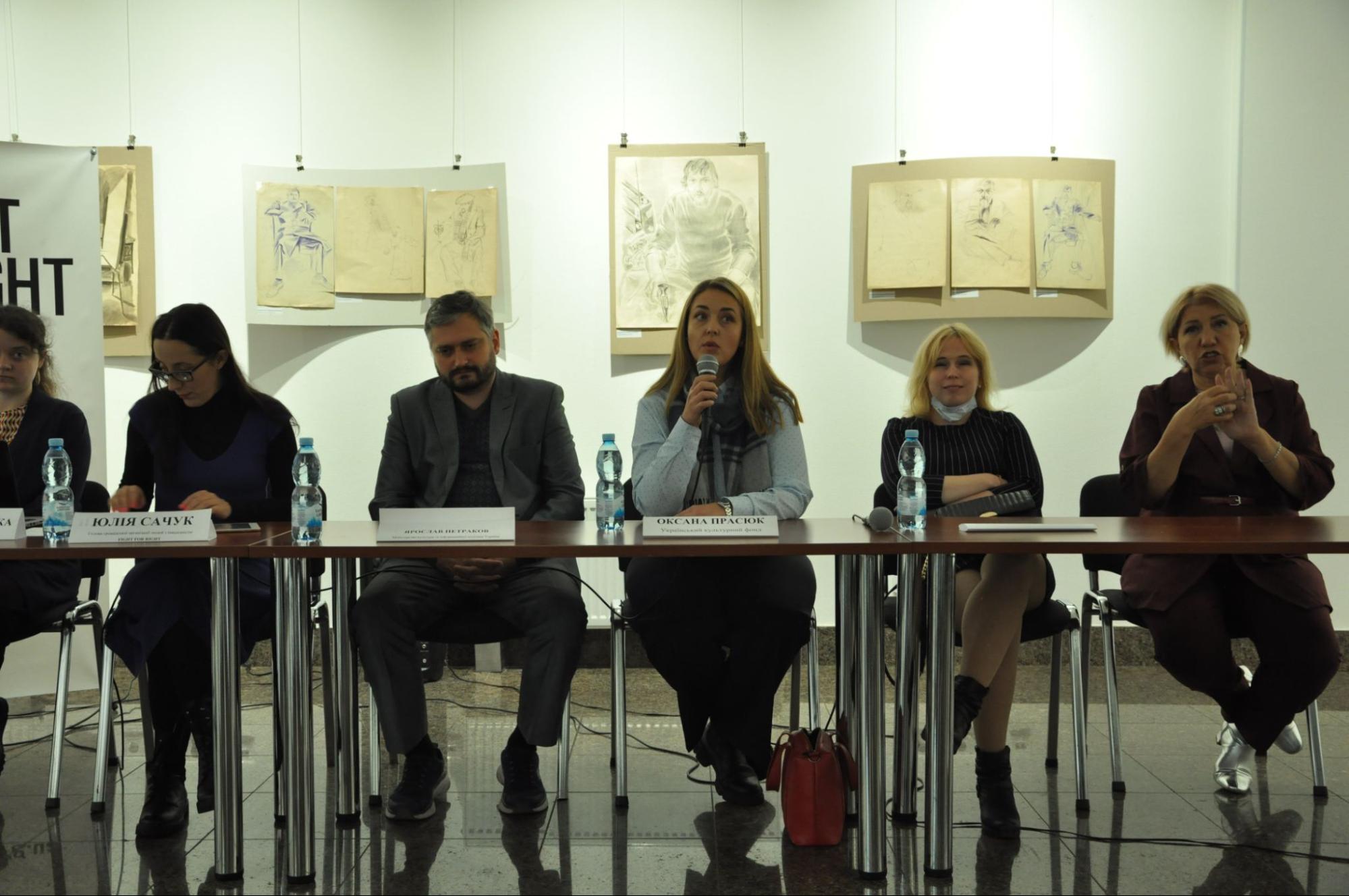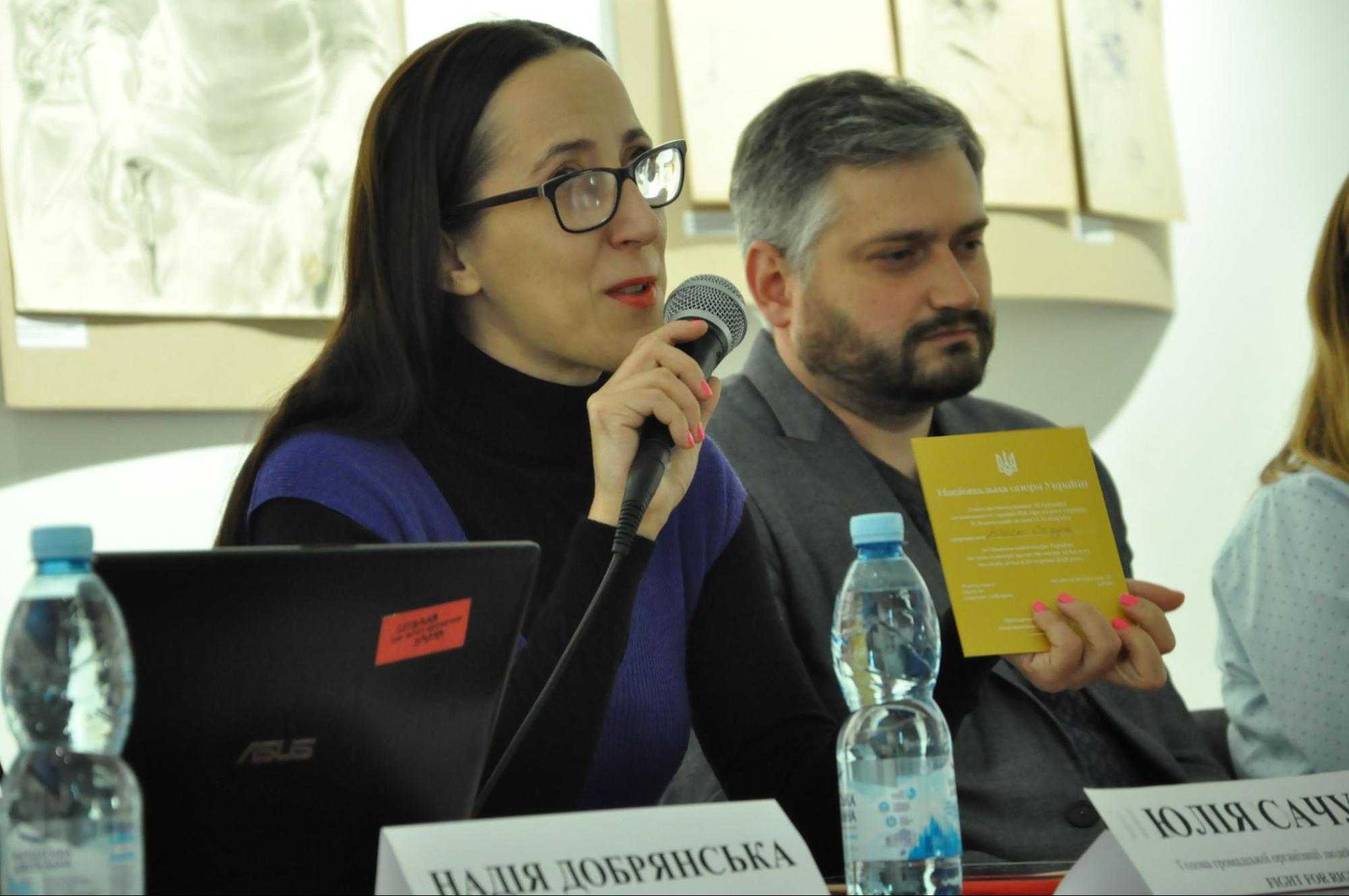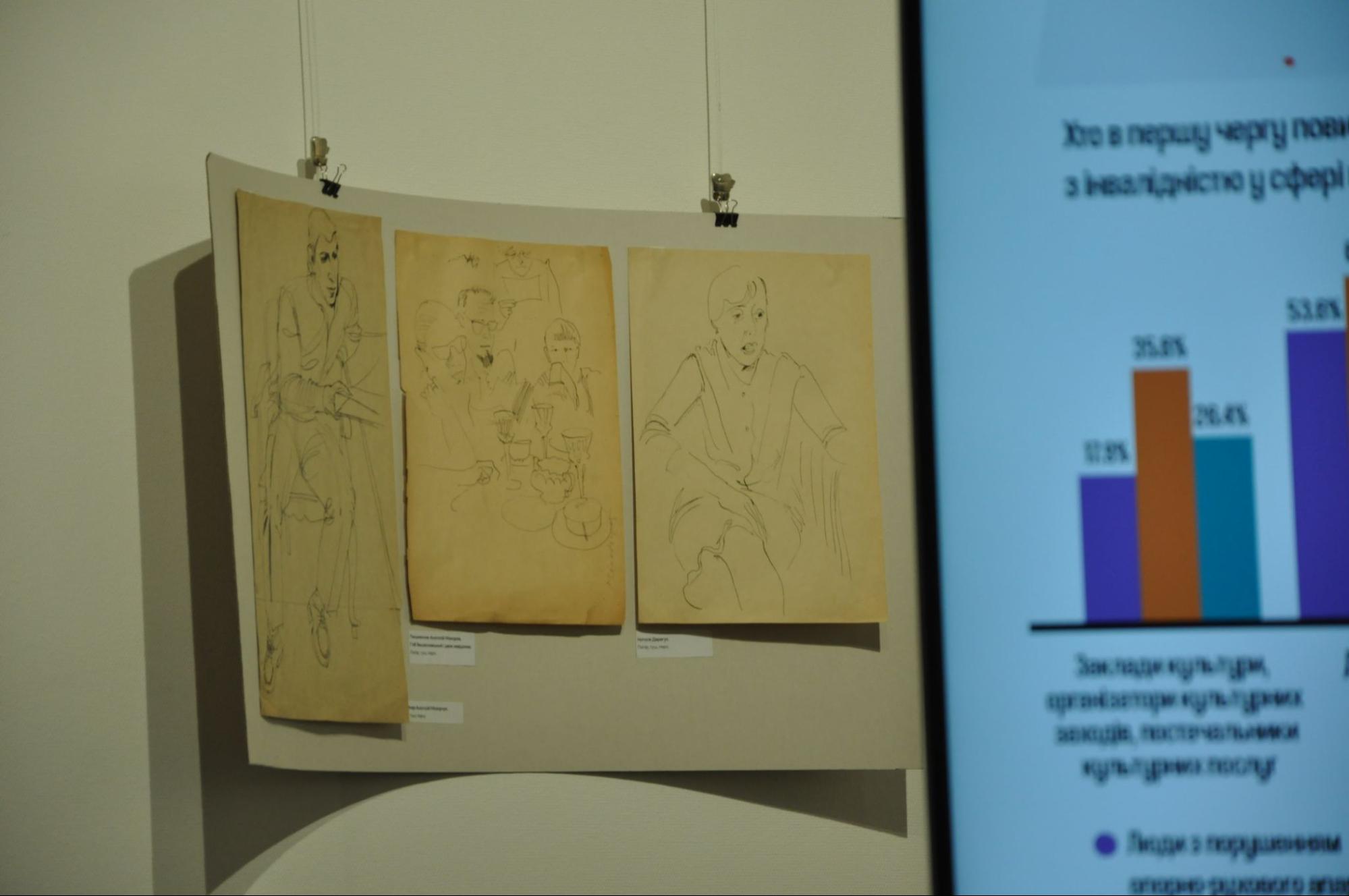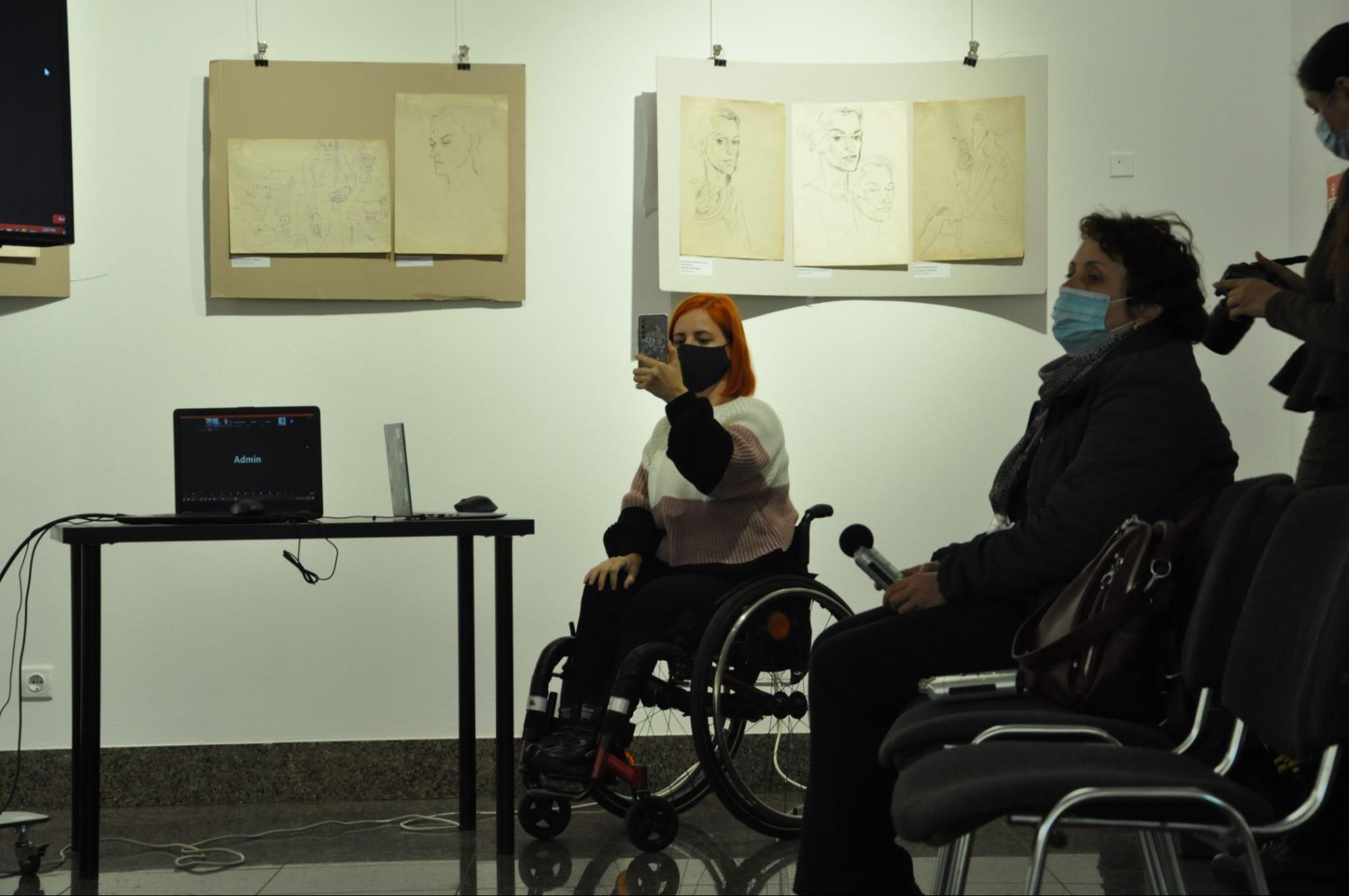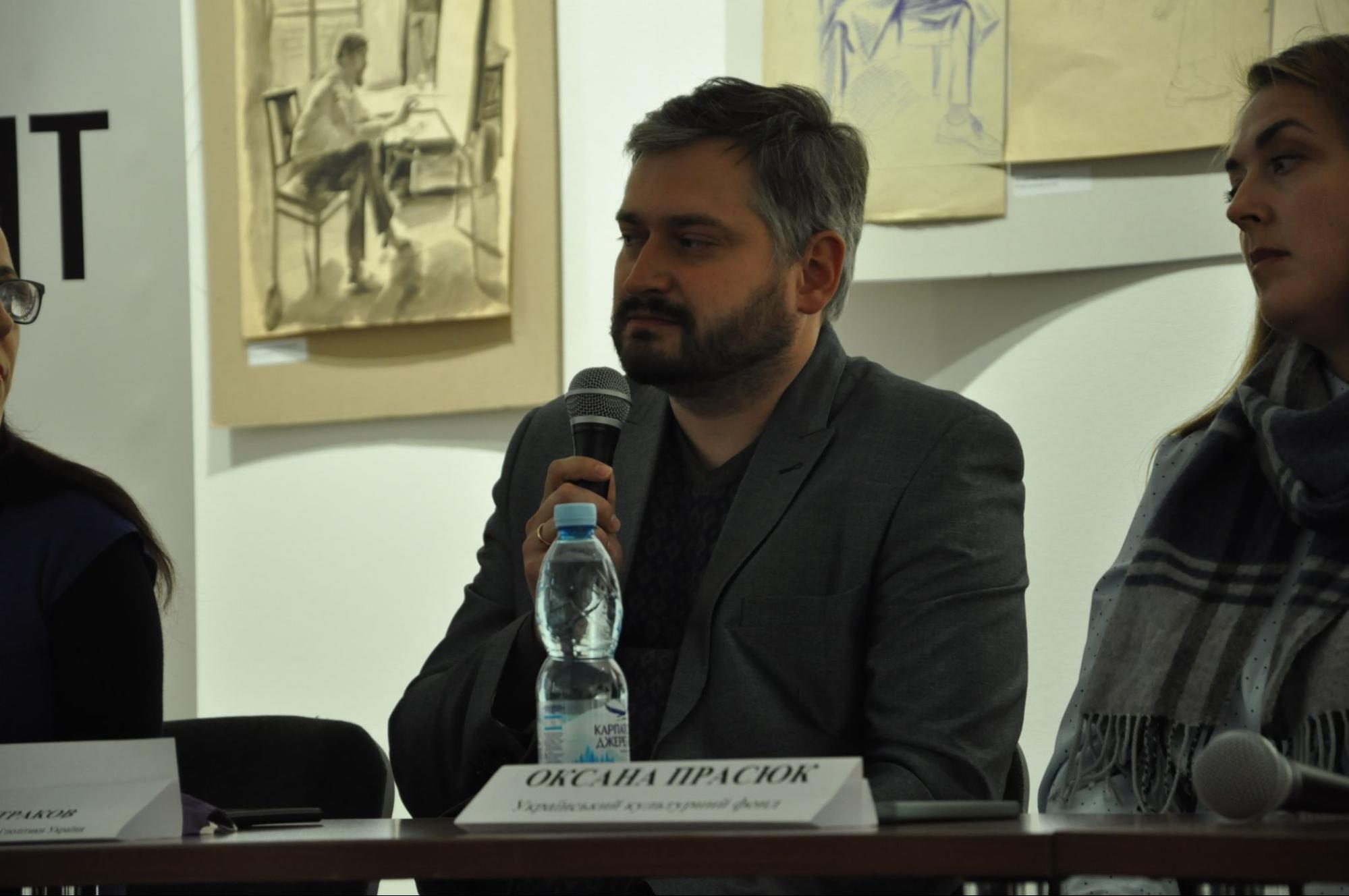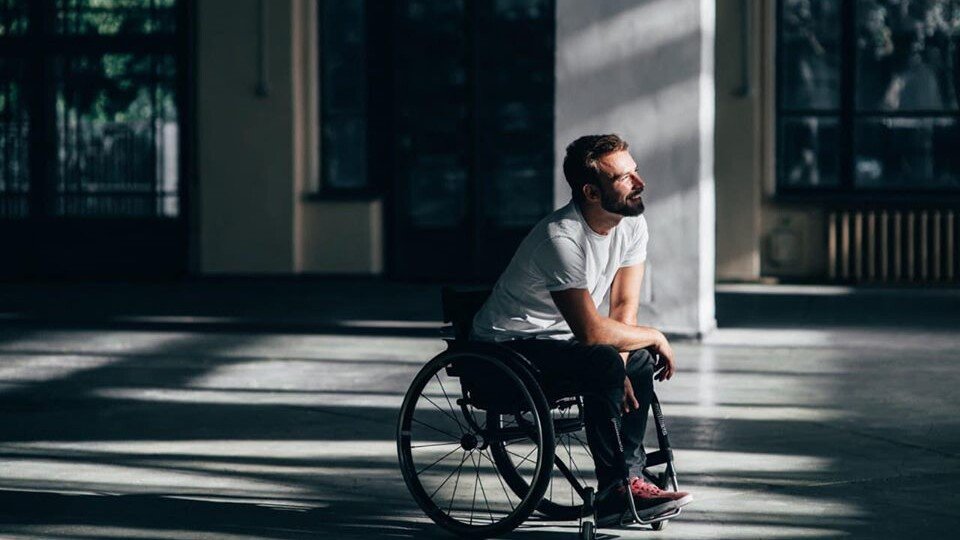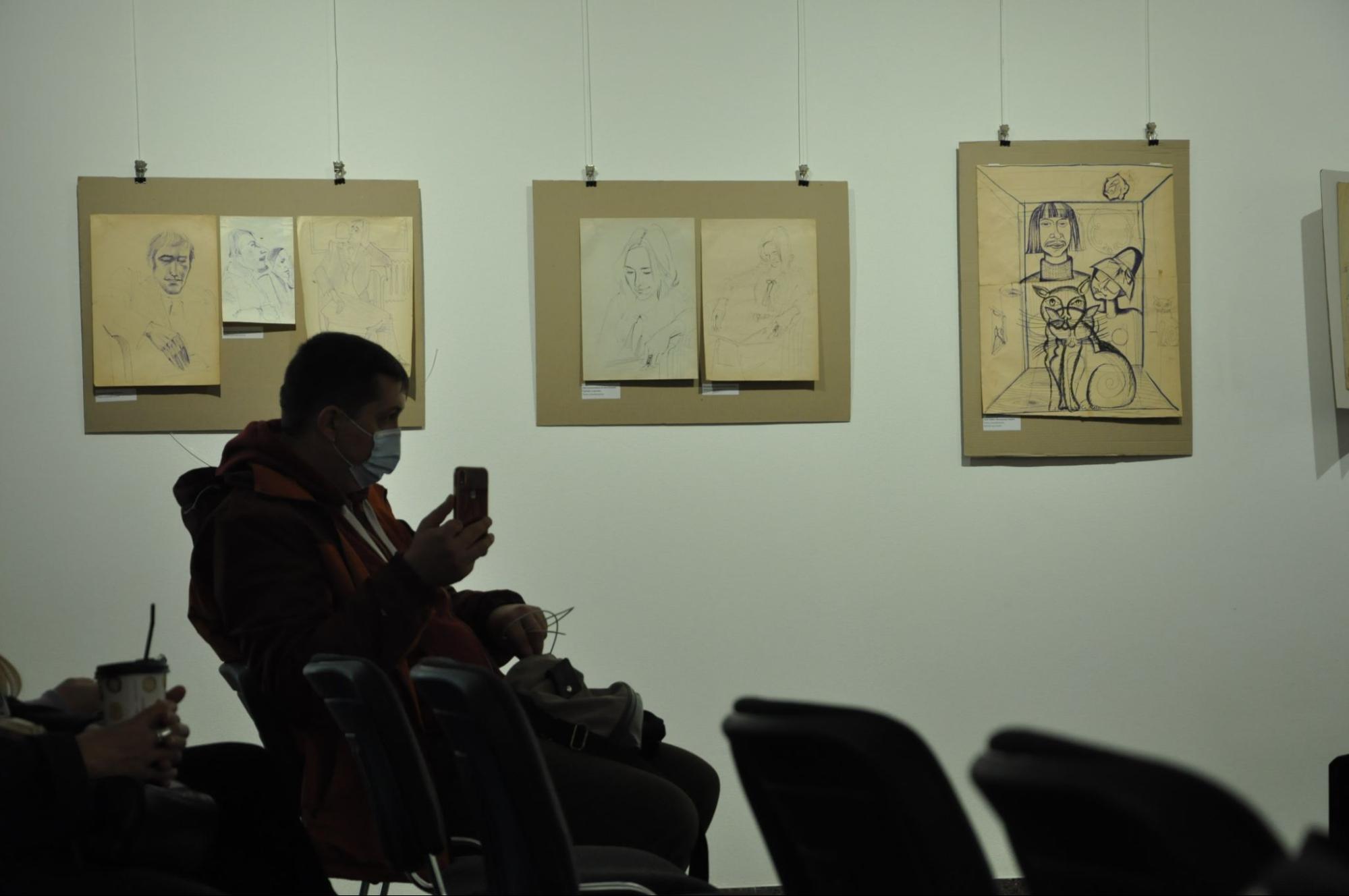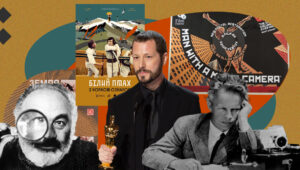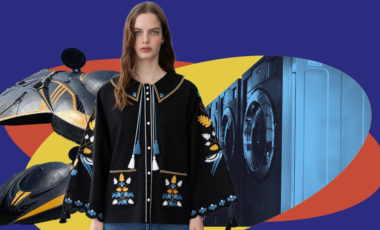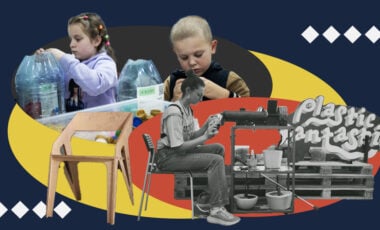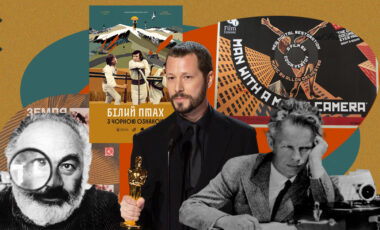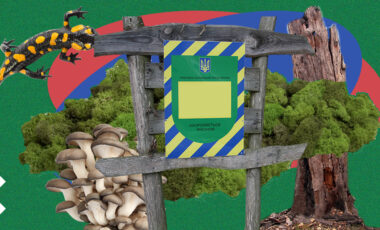Not limited prospects, but ignored rights: what to do with art accessibility in Ukraine
Unbuild ramps, unadapted performances, unsound books, undescribed paintings… Ukrainian art includes many different "nos." But in short, it's non-inclusive. That is, inaccessible to many categories of people. And everyone loses from this.
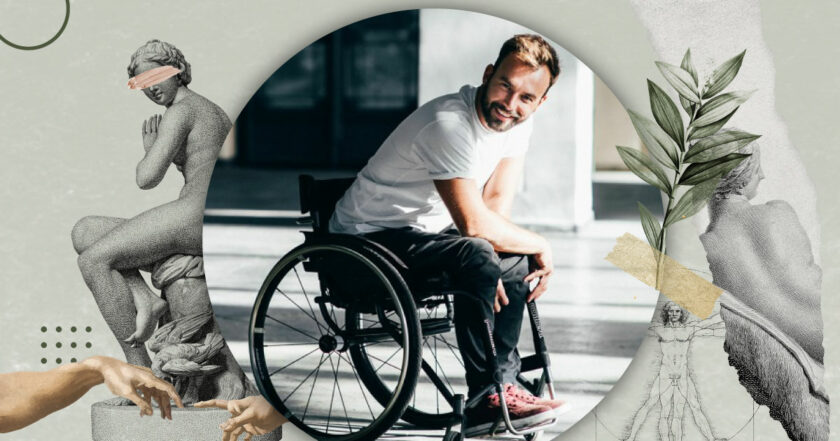
Rubryka talked to human rights activists and learned what's wrong with the observance of cultural rights in Ukraine.
What is the problem?
"This should've been my first opera"
Yulia Sachuk is on the battlefield again. This time it was in one of the premises of the Museum of the History of Kyiv City and at the same time throughout the country. Yulia heads the NGO "Fight for Right" and advocates for the right of people with disabilities to be as involved in public life as people without disabilities.
Yulia holds a microphone in one hand. In another, she has a personal invitation to the opera from the President on the occasion of the 30th anniversary of Ukraine's Independence. The human rights activist received it as a thank you for her work. Gratitude, which, unfortunately, couldn't be accepted. In front of the audience gathered at the presentation of the results of the all-Ukrainian survey on the cultural rights of people with disabilities, she says:
"It should've been my first opera on a par with everyone and my first ballet. But when I received this invitation, I had two feelings. On the one hand, it was an appreciation for acknowledging my work. But on the other hand, there was the question: 'What can I see there?'"
Yulia has visual impairments and a corresponding disability. She, like thousands of other Ukrainians with the same disorder, cannot "just watch" the play. The problem could be solved, for example, with audio description, a special voice accompaniment, which is broadcast live through headphones and describes the events unfolding on stage.
"Of course, I asked the organizers of the event to make it accessible, but they said they would do it next time. And I'm very much looking forward to the opportunity or invitation from Ms. Zelenska or the President next time to opera and ballet, which will be available to me and almost three million other people with disabilities," said Yulia, referring to the results of the survey.
What is the solution?
Ask even more questions
Cultural rights are a guarantee that if you want to watch a movie, read a book or relax at a festival, you can do it. Such rights are constitutionally enshrined, but in fact, culture is not sufficiently accessible.
In 2021, Fight for Right, with the support of the Ukrainian Cultural Fund (UCF), conducted a survey among people with various disabilities about how important and accessible art is to them. And this survey was the first representative study on this topic. There were no thorough answers before.
According to the survey, people with disabilities are often separated from cultural life. Their needs are rarely taken into account, and they don't feel that art is fully accessible.
So what the survey results showed:
- 64% of people with musculoskeletal disorders don't attend cultural institutions or art events at all;
- only 46% of visually impaired respondents attended cultural events where they believed their needs were taken into account;
- among people with musculoskeletal disorders at such events, there were even fewer people, 23%;
- only 21% of people with hearing impairments have the impression that movies are often subtitled and available;
- libraries are available only to 17% of people with musculoskeletal disorders and 31% of people with visual impairments;
- 45% of people with musculoskeletal disorders and 54% of people with visual impairments called concerts, festivals, and other open-air events available to them.
The initiators of the study were also interested in the availability of books for people with visual and mental disorders, the availability of theaters and museums, cultural monuments, parks, and factors that could increase the inclusion of people with disabilities in cultural life.
How does it work?
"We need to talk about barrier-free here"
"When my more active public activity began, saying that people with disabilities don't have access to cultural rights, we had nothing to rely on. This seems to be a well-known fact, but why is there no such right? We see architectural inaccessibility, but we don't see deeper reasons," says Yulia Sachuk, talking about the purpose of the survey.
The activist is convinced that it is impossible to create decent conditions without asking people what they need. Yaroslav Petrakov, Director General of the Directorate for Strategic Planning and European Integration of the Ministry of Culture shares Yulia's opinion and says that Ukraine has a problem of interaction between culture and society, and when it comes to people with disabilities, the situation is even more complicated.
"In 2018, we initiated a study of access to culture in general and we see that more than half of the population of Ukraine is not involved in it. When we talk about people with disabilities, the situation is even more complicated, because we're already talking about the life circumstances in which people find themselves…
We have 34,000 establishments across the country: museums, theaters, clubs, cinemas… This is a large network. In total, Ukraine has 115 thousand public institutions and not only cultural ones but also in general youth, sports ones. We have to talk about barrier-free here," Yaroslav Petrakov said.
How does it not work? "For now, super unavailable"
According to human rights activists, organizers of cultural events such as festivals and concerts in recent years, Ukrainians have begun to pay more attention to the needs of people with disabilities. They realized that it was also their audience that could support the development of what they were doing. But there is still little communication about it, so many people with disabilities simply don't know where the appropriate conditions for them have already been created.
Dmytro Shchebetiuk, the founder of Dostupno.UA, also talks about the changes that have taken place in recent years.
"In the last five years, the situation has changed for the better. But, of course, many museums and theaters are still inaccessible. But if you want, you find opportunities to help. In particular, the same Khanenko Museum, which is still super inaccessible for people in wheelchairs, is already waiting for funding to create appropriate conditions," Dmytro Shchebetiuk explains.
The activist says that the management of cultural institutions often talks about the lack of money and the impossibility to change something, but at the same time, there are many museums and theaters where workers raise grants, arrange space on their own and simply help people with disabilities to climb stairs, get to the right room, receive more information and so on.
But an information campaign is also important to show people with disabilities that there is also a safe environment outside their homes. Until they indicate their needs, they will not be fully taken into account.
"We're working at Dostupno.UA in this direction. Here we work with the consciousness of society. An important aspect is the convenience of people with disabilities. The more they go out, the less there will be these interesting looks. People will get used to the fact that there are people with disabilities, this is normal and no extra attention is needed," Dmytro adds.
More useful solutions
So what changes does culture need to become inclusive? There are many things to do, but the basics look like this:
- subtitling and sign language translation of films, programs, and videos for people with hearing impairments;
- audio scripts of theatrical performances and art performances, as well as audio versions of books for the visually impaired;
- arrangement of ramps at the entrances and between the floors of cultural institutions and libraries, as well as wide enough passages for people with musculoskeletal disorders;
- simplified descriptions and explanations of pictures and installations for people with mental disorders;
- toilets tailored to the needs of people with disabilities;
- the willingness of cultural workers to provide the necessary assistance to people with disabilities.



